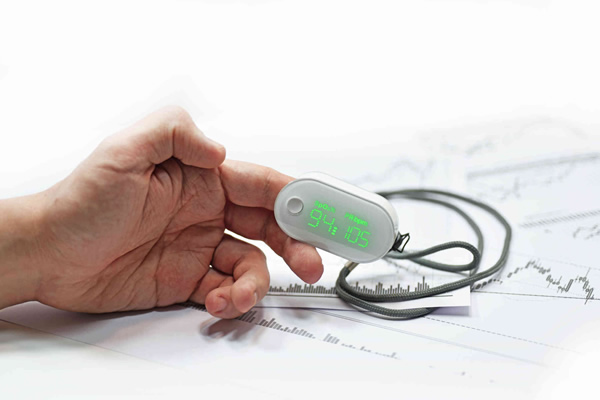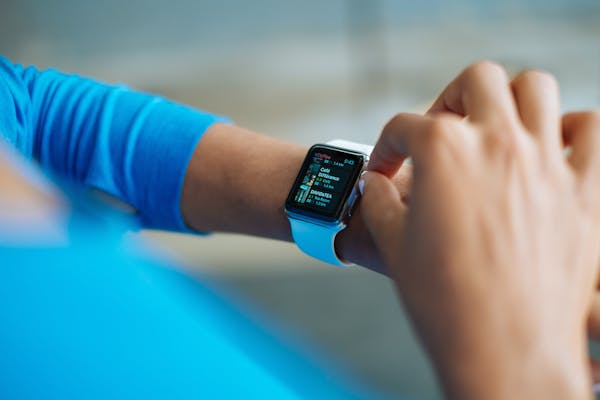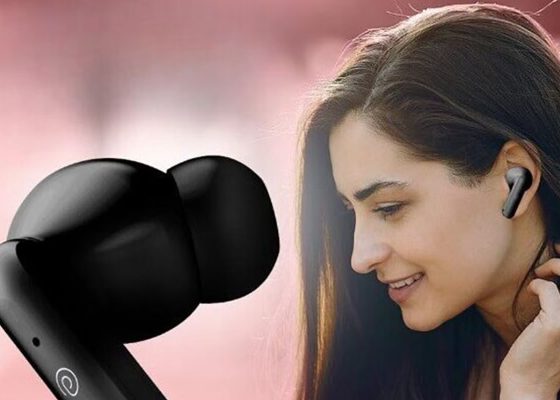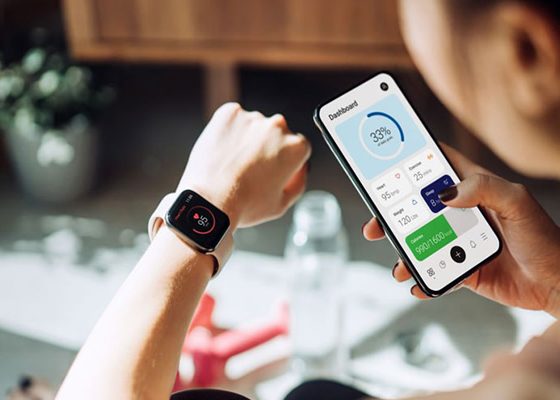
In today’s fast-paced world, where every second counts, monitoring one’s health has taken a revolutionary turn. We’re in an era where wearable medical devices have redefined health monitoring, bringing precision, accessibility, and convenience to the forefront. In this comprehensive review, we’ll delve into the intricacies of these devices and uncover their potential to revolutionize healthcare.
Understanding Wearable Medical Devices
The Evolution of Health Monitoring
From rudimentary pulse checks to cutting-edge wearable tech, health monitoring has evolved. Our journey begins by revisiting the origins of health monitoring and exploring the transition from traditional methods to the digital age.
The Role of Wearable Medical Devices
Wearable medical devices play a pivotal role in this evolution. No longer limited to merely tracking steps, these devices have become multifunctional health companions. They have the power to keep tabs on your well-being 24/7, and this article will unveil how.
The Purpose of this Review
In this review, we aim to dissect the world of wearable medical devices, providing a thorough understanding of their types, benefits, challenges, and their impact on the future of healthcare.
Wearable Medical Devices Explained
What are Wearable Medical Devices?
Wearable medical devices are technologically advanced instruments designed to be worn on the body. They collect, process, and transmit vital health data, thus serving as invaluable tools for both patients and healthcare professionals.
Types of Wearable Medical Devices
- Fitness Trackers: Your fitness ally in the form of sleek wristbands. These devices monitor physical activities, such as step count, heart rate, and sleep quality, providing comprehensive insights into your well-being.
- Smartwatches: Not just for checking the time. These miniature marvels come packed with health and fitness features, including ECG and blood pressure monitoring, making them essential for health-conscious individuals.
- Medical-grade Devices: Precision and diagnosis encapsulated in compact form. These devices, often prescribed by healthcare providers, cater to specific medical needs like continuous glucose monitoring, ECG analysis, and pulse oximetry.
Benefits of Wearable Medical Devices
Convenience and Accessibility
Wearable devices offer unparalleled convenience. They’re lightweight, unobtrusive, and readily available. Monitoring your health has never been easier – a quick glance at your wrist can provide essential insights.
Continuous Monitoring
The beauty of wearables lies in their continuous monitoring capabilities. They don’t take breaks; they’re always vigilant. This is a game-changer for early detection and prevention.
Early Detection and Prevention
Wearable medical devices are your silent guardians, alerting you to irregularities in your health. Whether it’s a sudden spike in heart rate or a drop in blood oxygen levels, they empower you to take proactive measures.
Data and Insights
These devices don’t just collect data; they turn it into actionable insights. Detailed health trends, personalized recommendations, and the ability to track progress make them indispensable.
Fitness Trackers: Tracking Physical Well-being

Step Counters
These nifty devices do more than just count steps. They offer insights into your daily activity patterns, encouraging you to reach those coveted 10,000 steps.
Heart Rate Monitors
Tracking your heart rate 24/7, these devices can detect irregularities and notify you when it’s time to seek medical advice.
Sleep Tracking
Not just about quantity but quality. Sleep trackers evaluate your sleep cycles, helping you improve your rest for better health.
Calorie Burn Estimation
Understanding your energy expenditure can be a game-changer in your fitness journey. Many trackers provide calorie burn estimates to help you manage your diet effectively.
Smartwatches: Beyond Timekeeping

Health and Fitness Features
Smartwatches are not just for tech enthusiasts. They are health enthusiasts’ best friends. With features like GPS tracking, workout guides, and health metrics, they’re fitness hubs on your wrist.
ECG and Blood Pressure Monitoring
Some smartwatches are equipped with ECG and blood pressure monitoring capabilities, providing valuable data for those with cardiovascular concerns.
Notifications and Connectivity
Stay connected while staying healthy. Smartwatches ensure you’re never out of the loop, even during your workouts or health monitoring sessions.
Integrating Apps and Services
Smartwatches integrate seamlessly with various health and wellness apps, allowing you to track and manage all aspects of your well-being from one device.
Medical-grade Devices: Precision and Diagnosis
Continuous Glucose Monitors
A boon for diabetics, continuous glucose monitors offer real-time data on blood sugar levels, allowing for better diabetes management.
ECG Monitors
For those with heart conditions, portable ECG monitors are lifelines. They record electrical activity, helping in diagnosis and management.
Pulse Oximeters
Monitoring oxygen saturation in your blood is crucial. Pulse oximeters are indispensable in conditions like sleep apnea and chronic obstructive pulmonary disease (COPD).
Holter Monitors
Detecting intermittent heart rhythm abnormalities is a Holter monitor’s specialty. They provide 24 to 48-hour continuous ECG monitoring.
The Future of Wearable Medical Devices
Advancements in Sensor Technology
Sensor technology is evolving rapidly. Expect smaller, more accurate sensors with a broader range of health monitoring capabilities.
Artificial Intelligence Integration
AI is set to transform wearables, providing real-time analysis of health data and personalized recommendations.
Telehealth and Remote Patient Monitoring
Wearable devices are increasingly integrated into telehealth and remote patient monitoring, enhancing access to healthcare and reducing the burden on hospitals.
Personalized Healthcare
The future will bring healthcare that is truly tailored to the individual, thanks to wearable devices that capture a wide range of health metrics.
How to Choose the Right Device
Consider Your Health Needs
Not all devices are created equal. Understanding your specific health needs is paramount in selecting the right device.
Compatibility with Your Devices
Ensure your wearable seamlessly integrates with your existing tech ecosystem.
Battery Life and Charging
Don’t be caught with a dead battery when you need your device the most. Battery life and ease of charging are critical factors.
Cost and Affordability
Determine a budget that aligns with your financial constraints while getting the features you need.
Ensuring Data Security and Privacy
Encryption and Data Storage
Understand how your data is protected through encryption and secure storage measures.
User Permissions and Control
Maintain control over your data. Know what permissions your device requests and how to manage them.
HIPAA Compliance (for medical-grade devices)
If you’re using a medical-grade device, ensure it complies with the Health Insurance Portability and Accountability Act for data security.
Regulation and Certification
FDA Approval (for medical-grade devices)
Medical-grade devices must meet stringent FDA standards for safety and effectiveness. Verify your device’s status.
CE Marking (for European market)
In Europe, the CE marking indicates compliance with essential health and safety requirements.
Quality Standards
Understand the quality standards applicable to the device and manufacturer.
Future Trends and Innovations
Wearables in Disease Management
How wearable devices are becoming vital tools in managing chronic diseases and conditions.
Mental Health Monitoring
A burgeoning field where wearables are proving their worth by monitoring and supporting mental well-being.
Augmented Reality and Virtual Reality
Wearables are merging with AR and VR, offering new dimensions in health monitoring, rehabilitation, and therapy.
Environmental and Lifestyle Sensing
Sensors that go beyond the body, measuring environmental factors and lifestyle choices that impact health.
Conclusion
Wearable medical devices have transcended the realm of gadgets. They are catalysts for a new era in health monitoring, empowering individuals to take charge of their well-being. The future of healthcare is, quite literally, at your fingertips.


